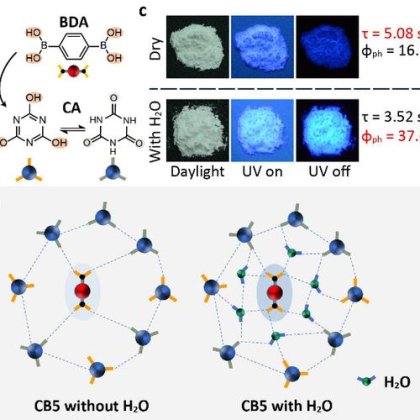| Notes | XRD & 1HNMR spectra, user instruction for enquiring |
| Store | 25℃ under N2 atmosphere |
| Packaging | 5 g, or as required in glass bottle |
| Solubility | High soluble in EtOH, DMF, DMSO, water et al |
| Appearance | White/beige solid |
| Purity | 99.5% |
| Linear Formula | C4H12BrN |
| CAS Number |
15567-09-6 |
| Name(EN) | BABr |
| Synonym | CH3CH2CH2CH2NH3Br/BABr |
| Mol. Weight | 154.05 |
Though tandem solar cells (TSCs) based on wide-bandgap perovskite solar cells (WB-PSCs) as the top sub-cells continuously gain efficiency breakthroughs, the low power conversion efficiency (PCE) of WB-PSCs caused by the defects and interface energy-level mismatch is still a vital issue limiting their performance. Moreover, the stability of the perovskite layer against the moisture and subsequent fabrication process is essential to highly stable TSCs. Herein, a nonpolar material with an ultra-long chain, didodecyldimethylammonium bromide (DDAB), was introduced to WB-PSCs as an interface material for reducing the surface defects and increasing the surface hydrophobicity of the perovskite layer. The DDAB-modified perovskite surface is much more hydrophobic, with a water contact angle of 104.9°. Systemically experimental studies reveal that apart from the passivation on the point defects, DDAB can suppress the formation of PbI2 aggregates, smoothing the perovskite surface and shifting the energy level upward. As a result, the 1.74 eV WB-PSCs with inverted structures exhibit a champion PCE of 18.74% by DDAB modification, compared to the standard device with a PCE of 16.50%. The device stability under a relative humidity of >85% is apparently enhanced by 5-fold. This work provides a concept of screening interface materials for highly efficient and stable WB-PSCs.

| Characteristic 1 | Br |
| Characteristic 2 | NH3 |













